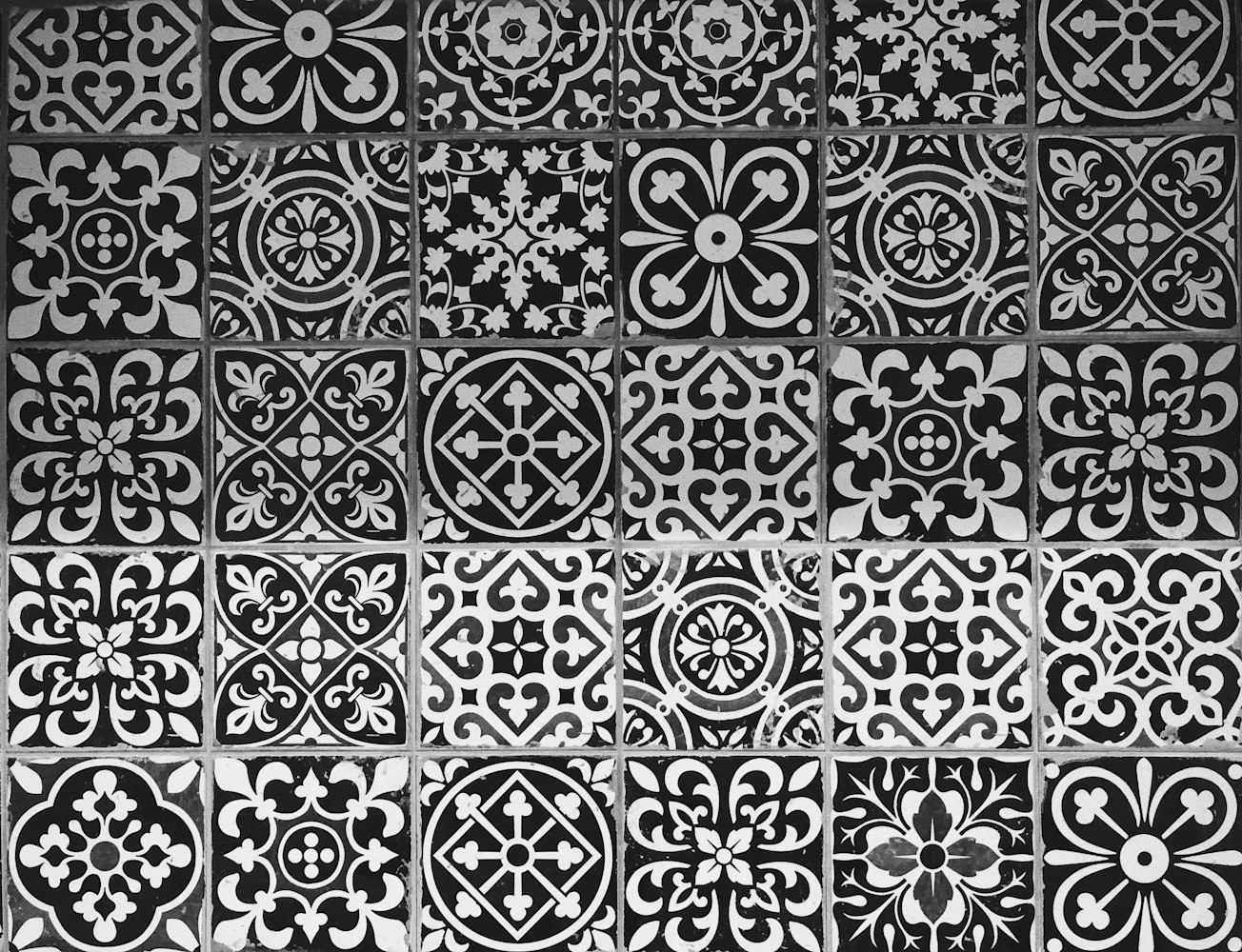What is it about?
We developed and tested the Aesthetic Quality Model, which proposes that beauty of visual images depends on their complexity and randomness. Most beautiful images are the ones that are highly complex but non-random. This configuration of complexity and randomness leads to higher beauty because it signals quality. In this research, we supported the aesthetic quality model using a representative set of black and white binary patterns.
Featured Image

Photo by James McDonald on Unsplash
Why is it important?
This work is important because it breaks new ground in understanding the fundamentals of beauty judgement. Researchers have speculated about the role of complexity in beauty for centuries. However, empirical evidence failed to support previous theoretical models on the link between complexity and beauty. The Aesthetic Quality Model that we proposed and tested in four robust studies shows that understanding the link between complexity and beauty requires introducing randomness into the equation. Therefore, the role of complexity in beauty depends on randomness.
Perspectives
This article was an adventure for both authors. We started it several years ago, and it took us through a creative journey of developing new computational measures of randomness and discovering how complexity and randomness jointly shape beauty. This work is one of our most creative, and methodologically and theoretically advanced projects.
Dario Krpan
London School of Economics and Political Science
Read the Original
This page is a summary of: The aesthetic quality model: Complexity and randomness as foundations of visual beauty by signaling quality., Psychology of Aesthetics Creativity and the Arts, June 2022, American Psychological Association (APA),
DOI: 10.1037/aca0000511.
You can read the full text:
Contributors
The following have contributed to this page







